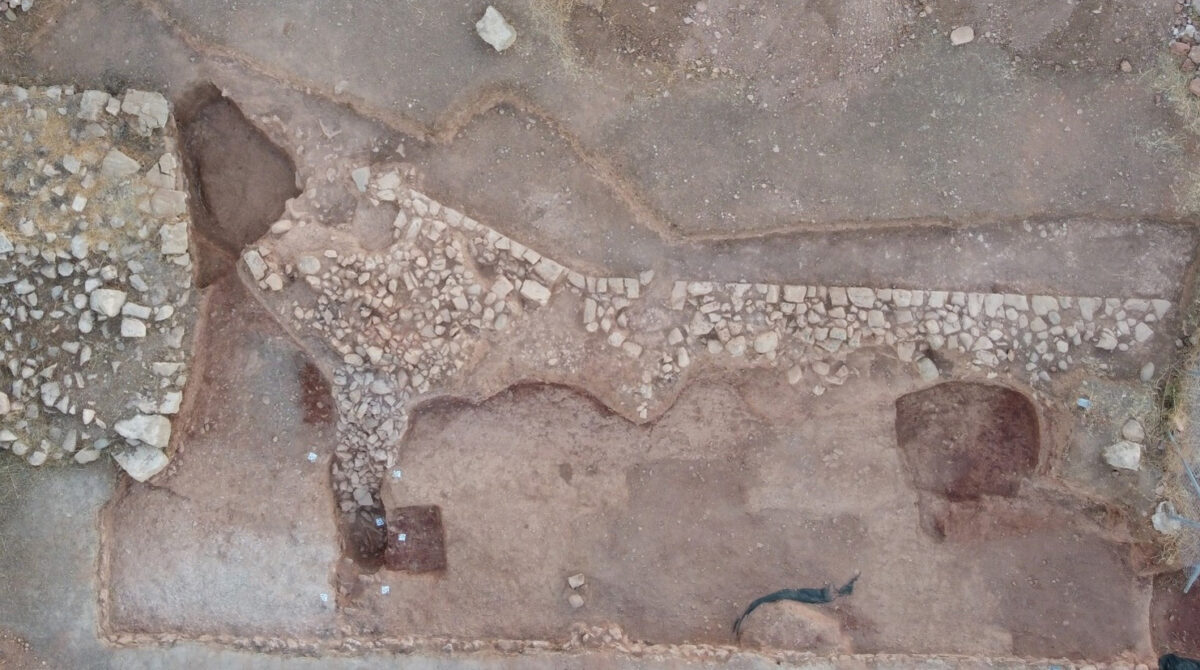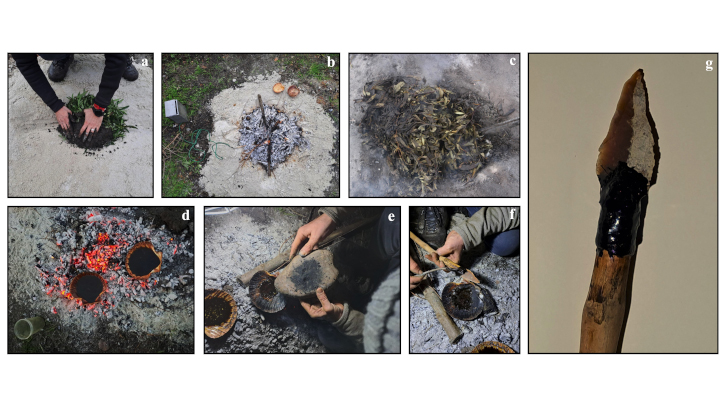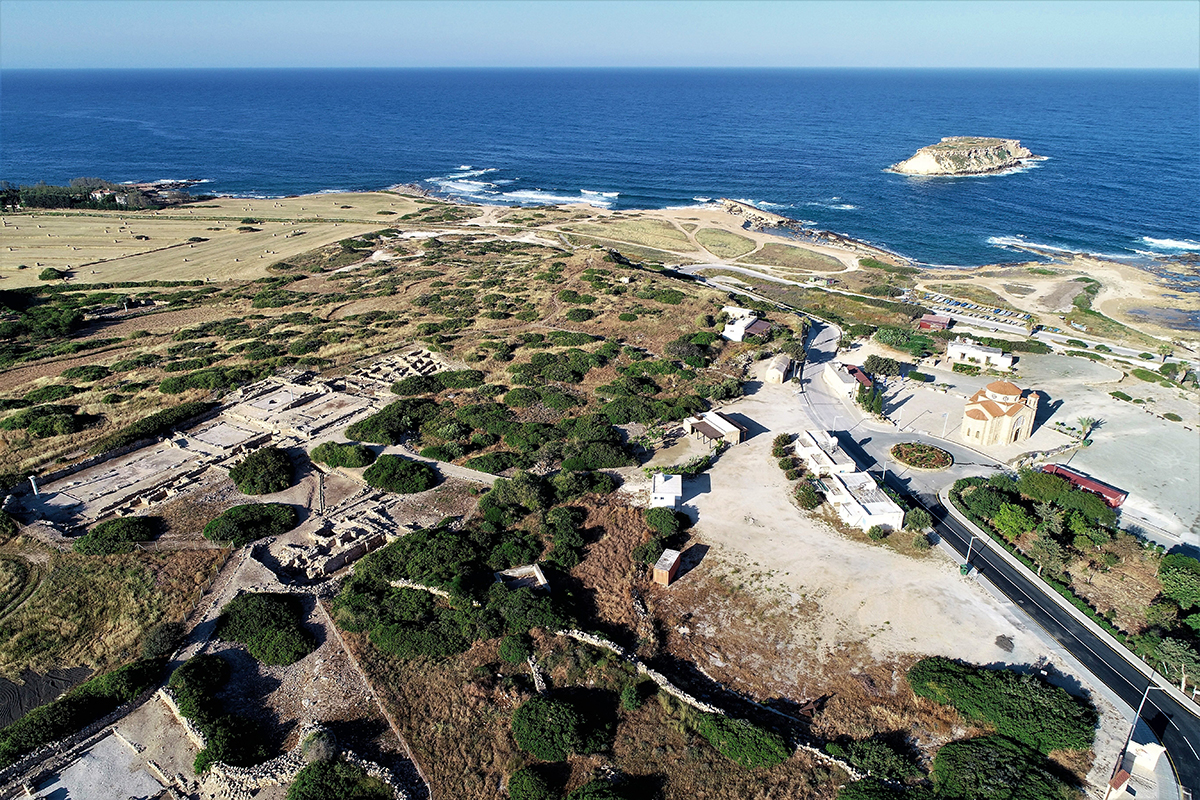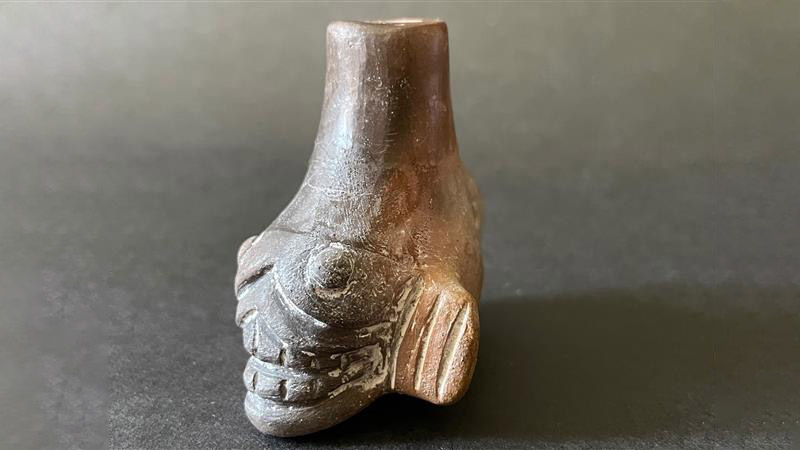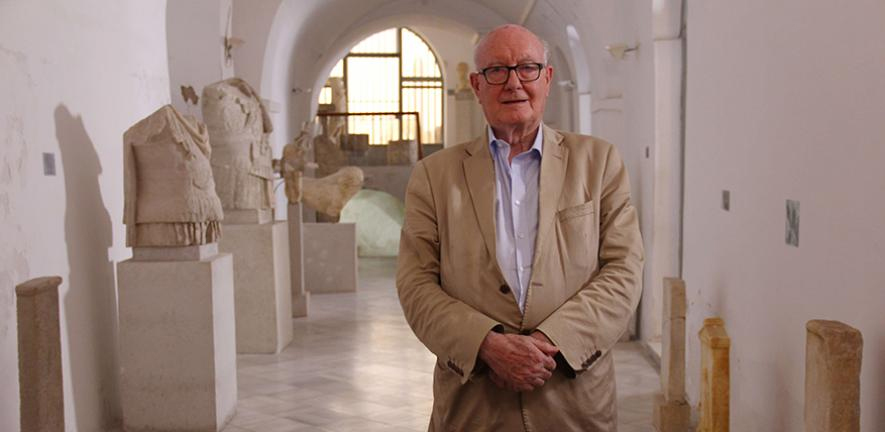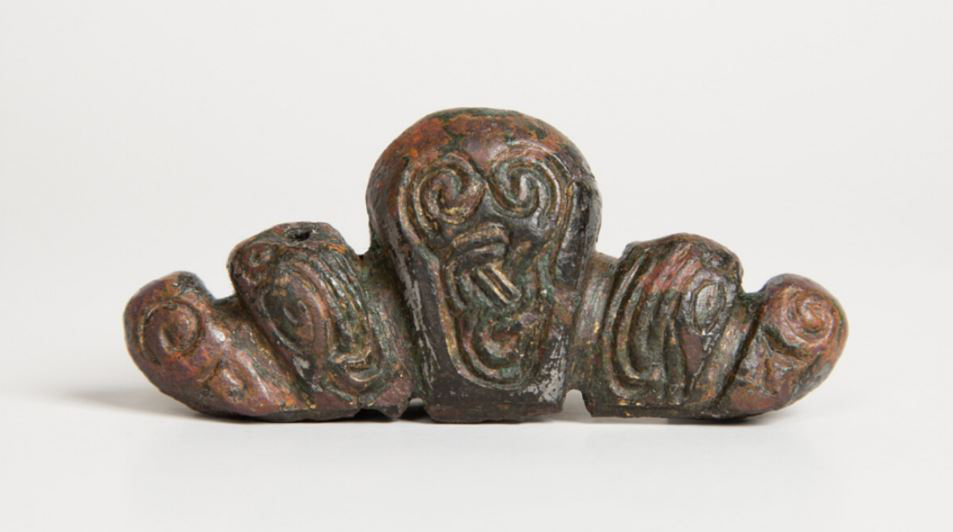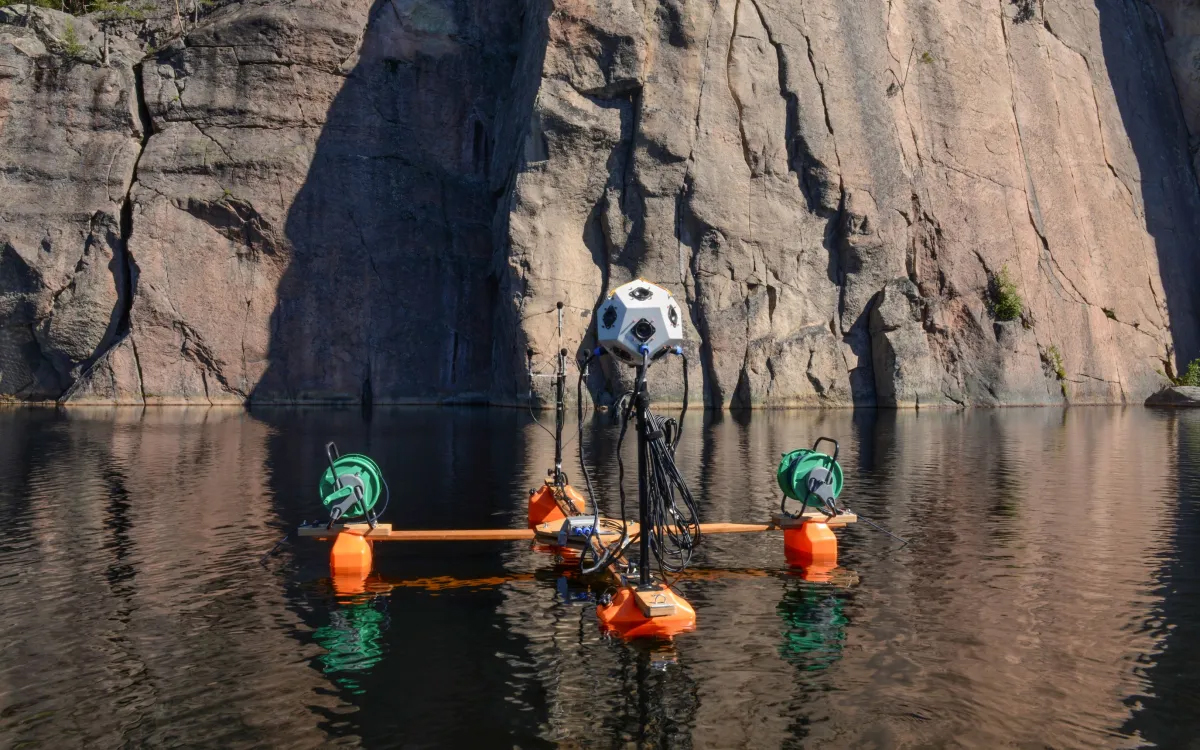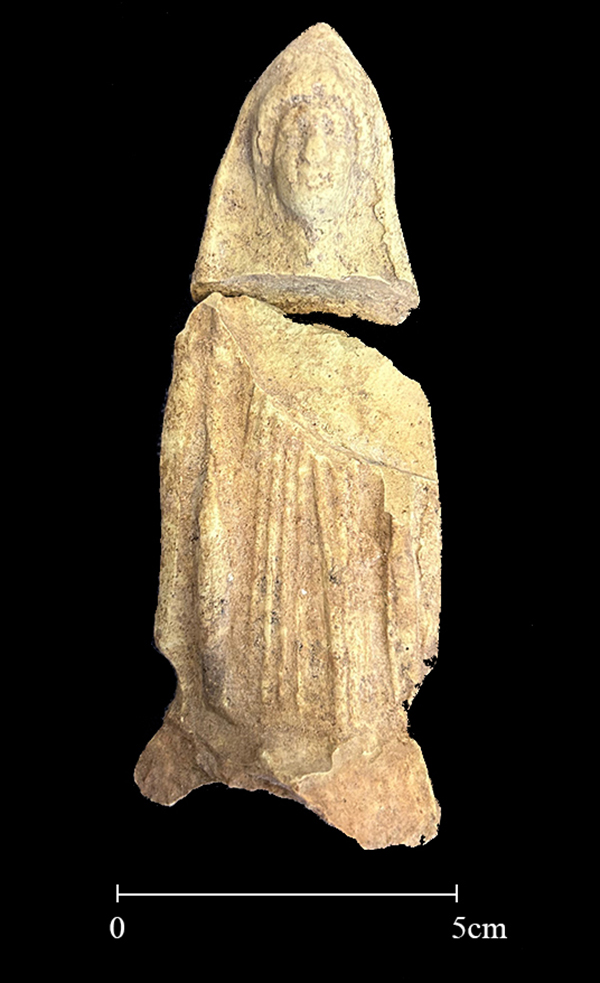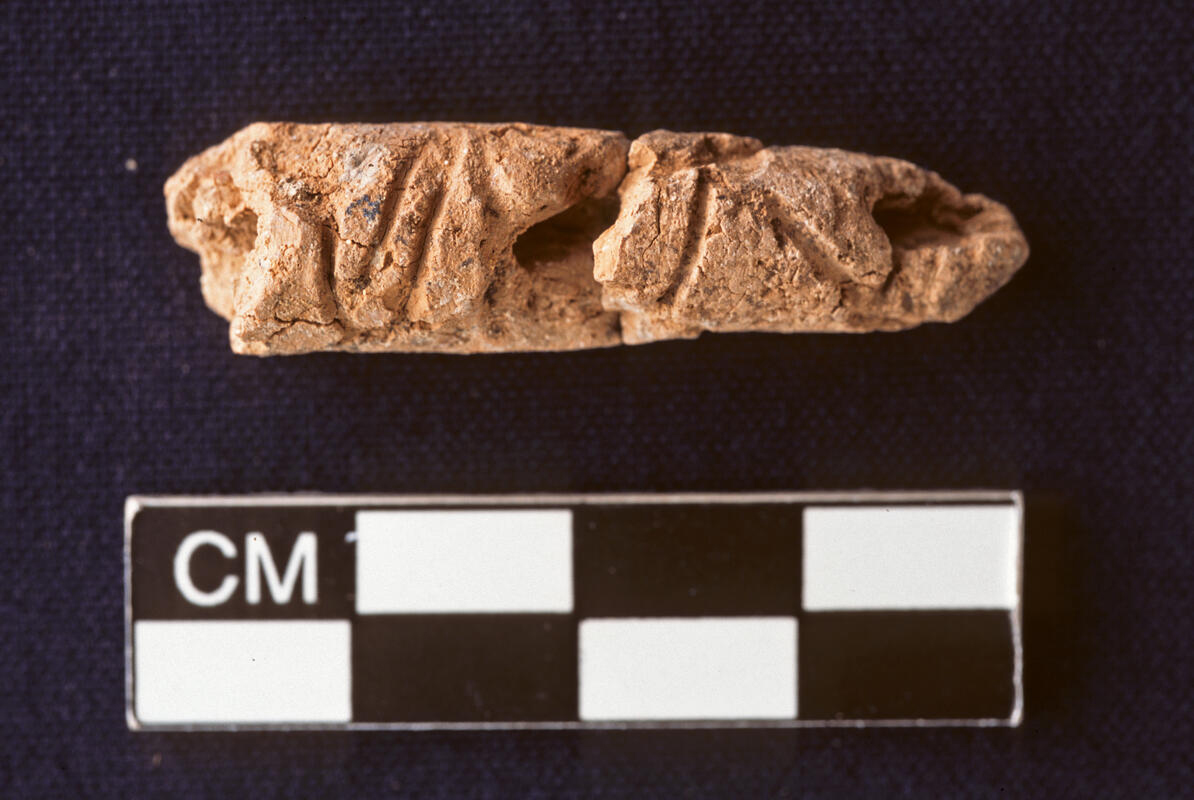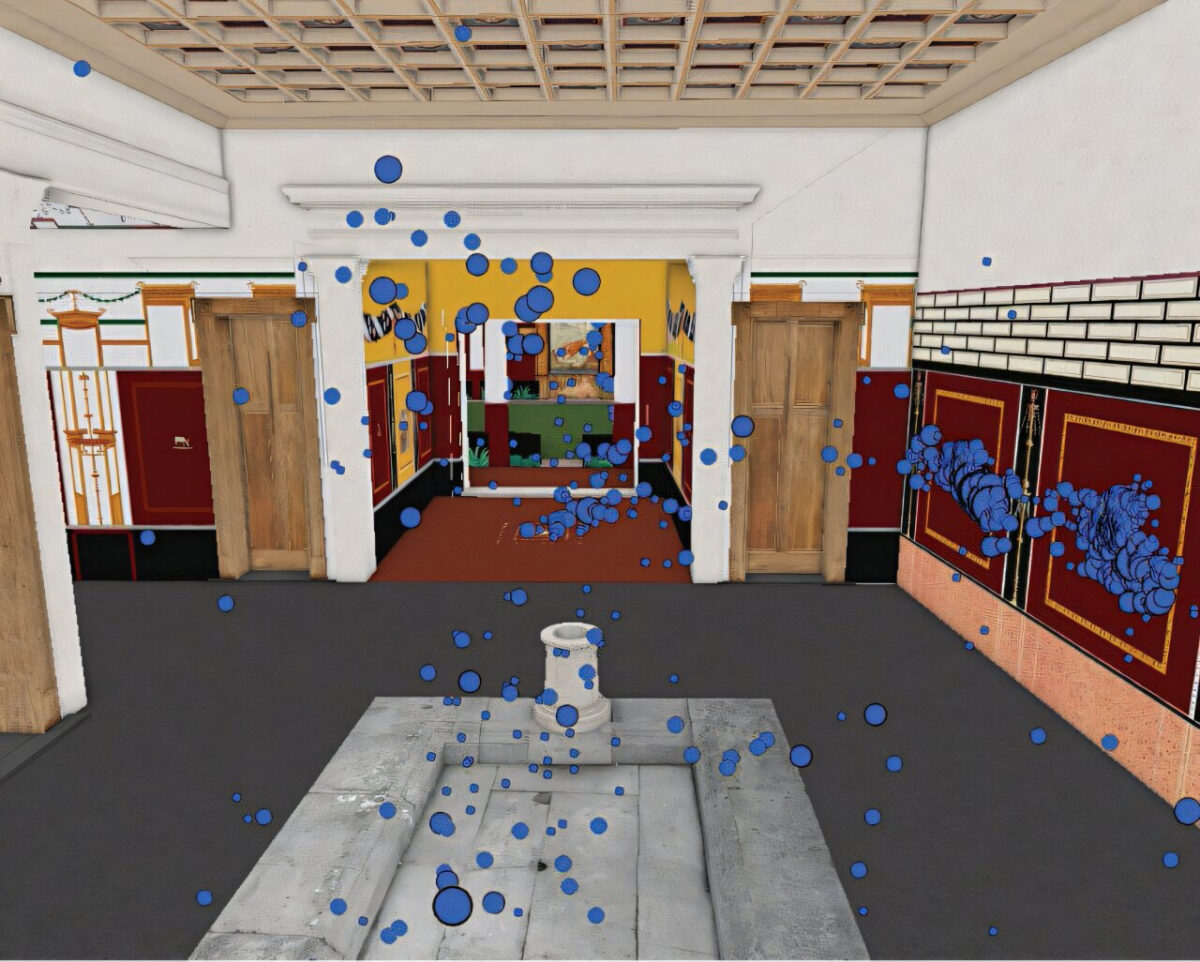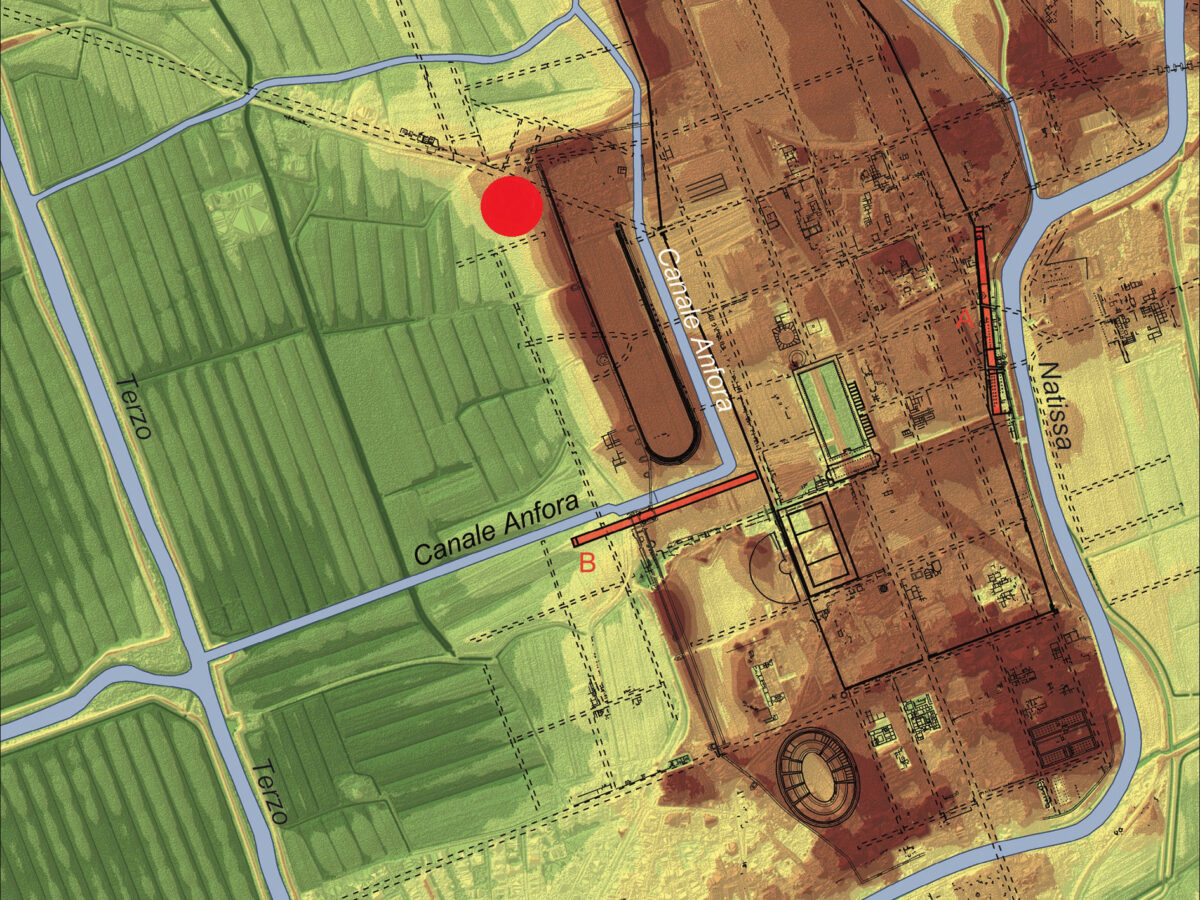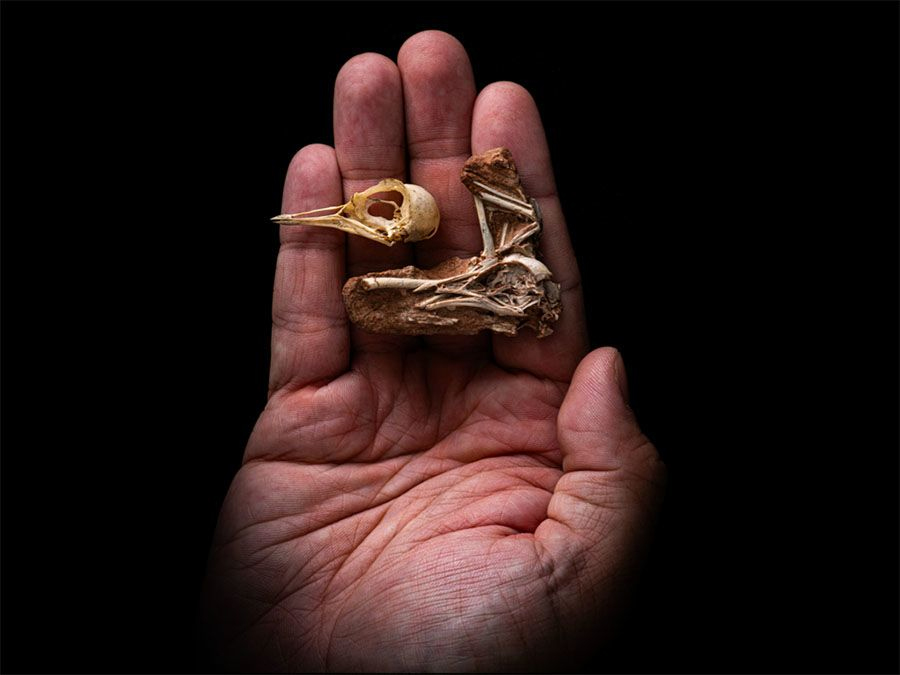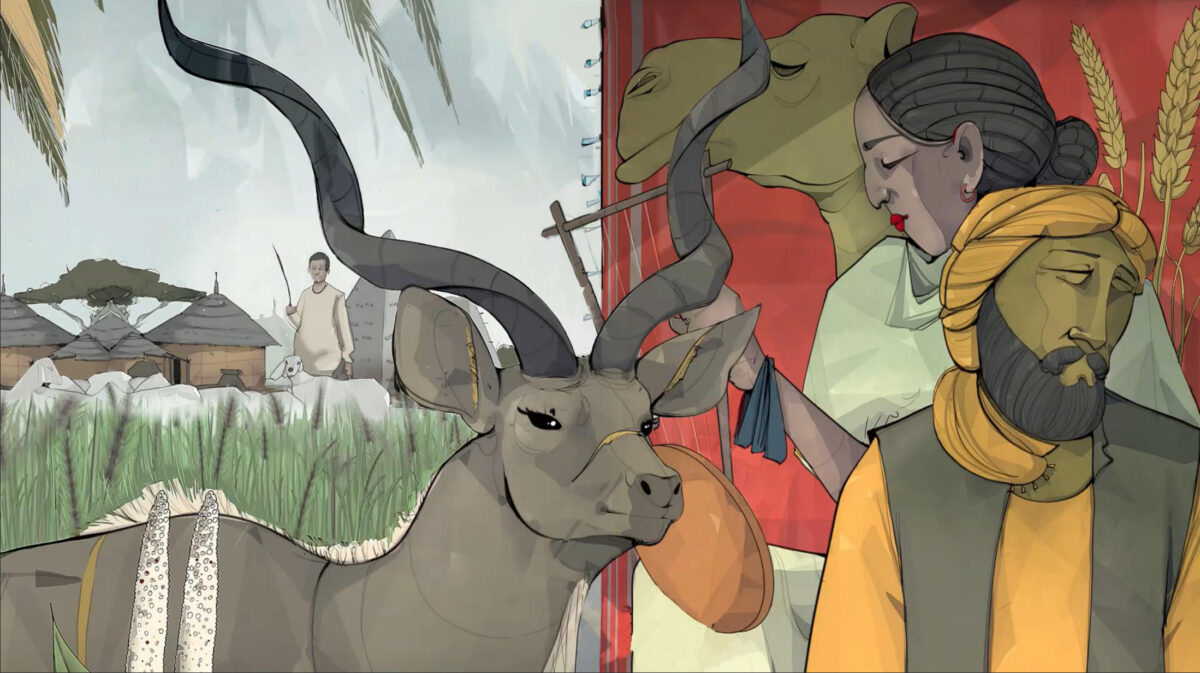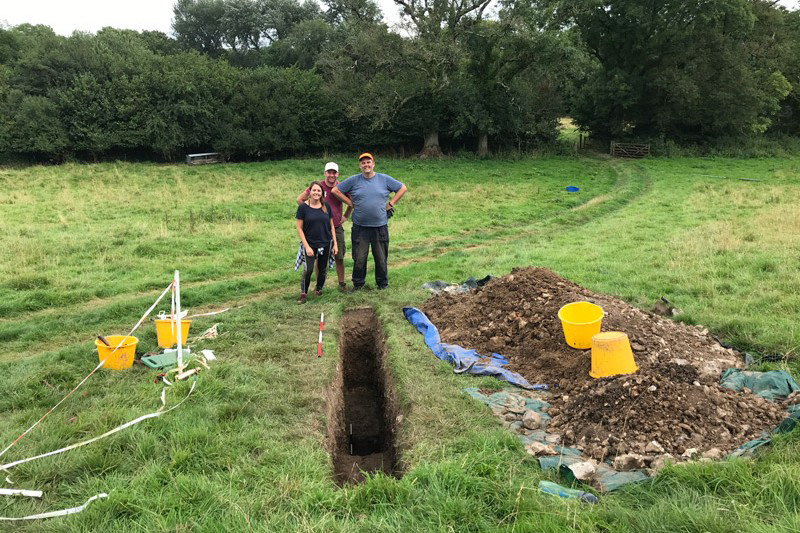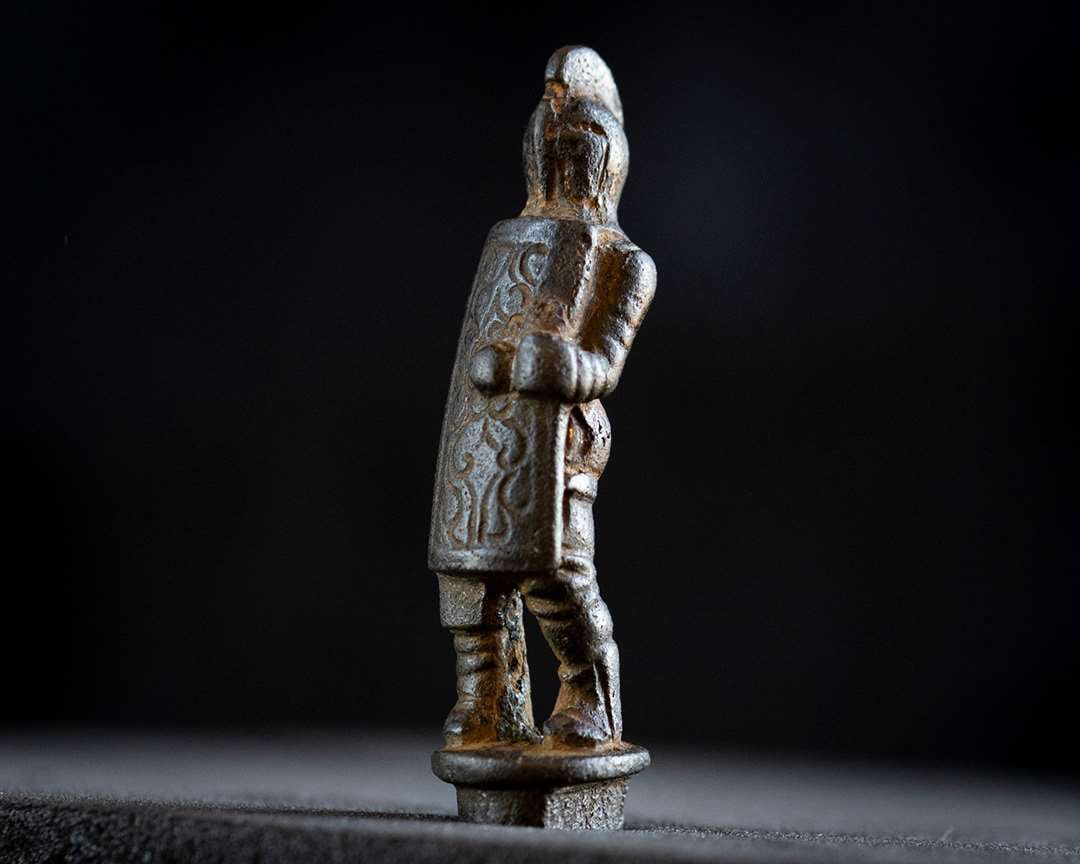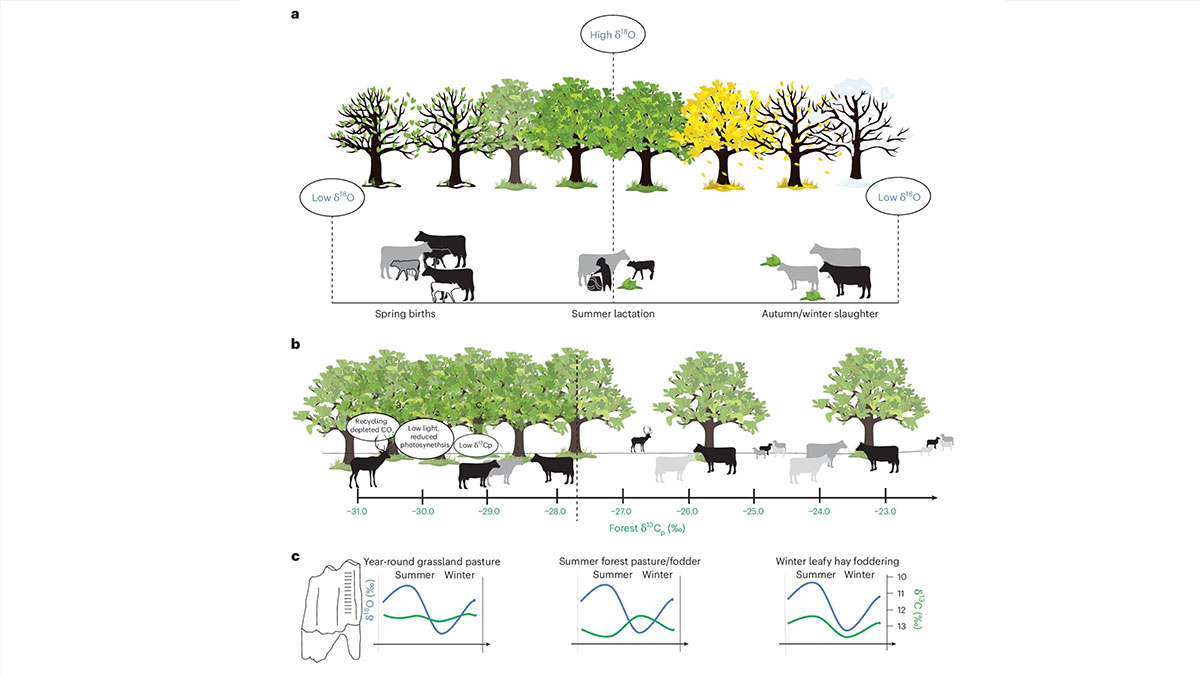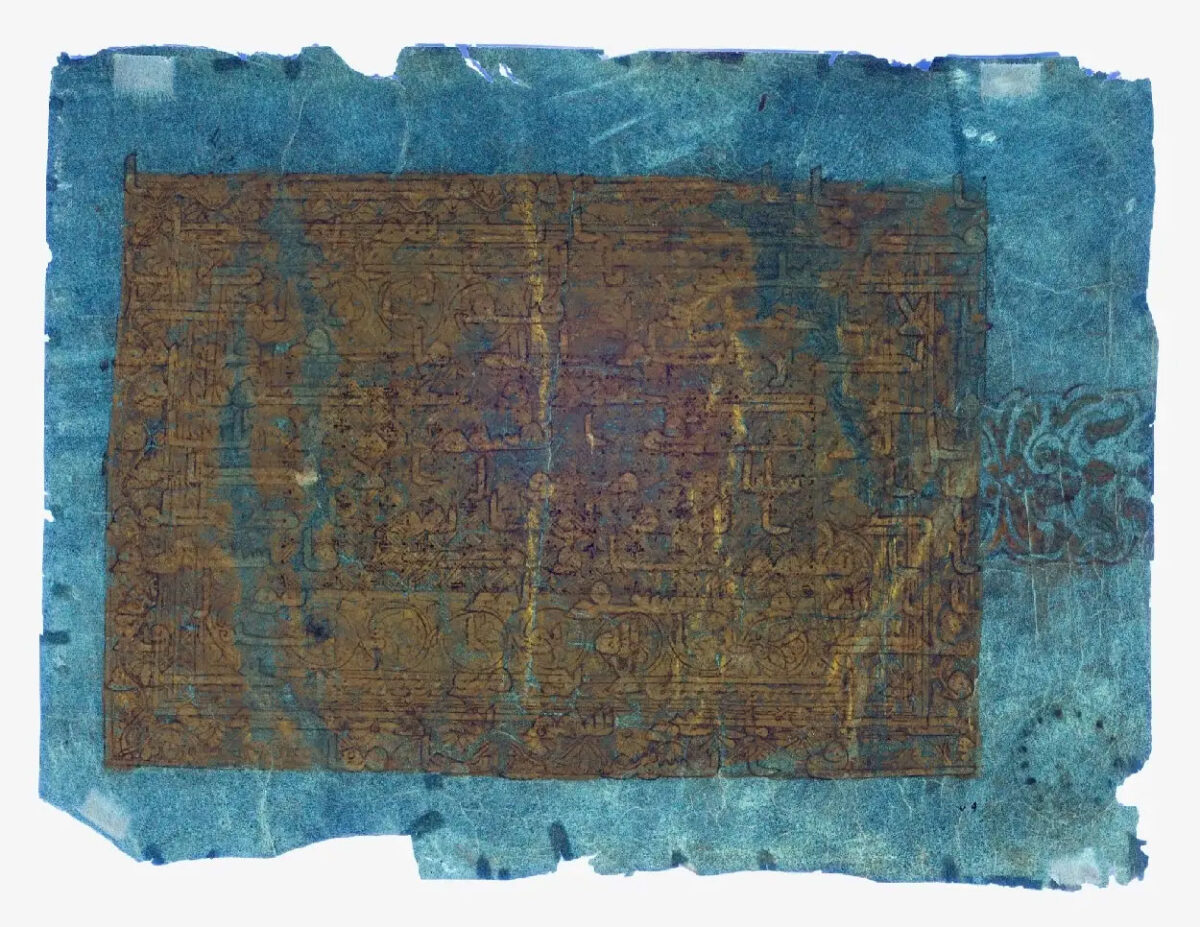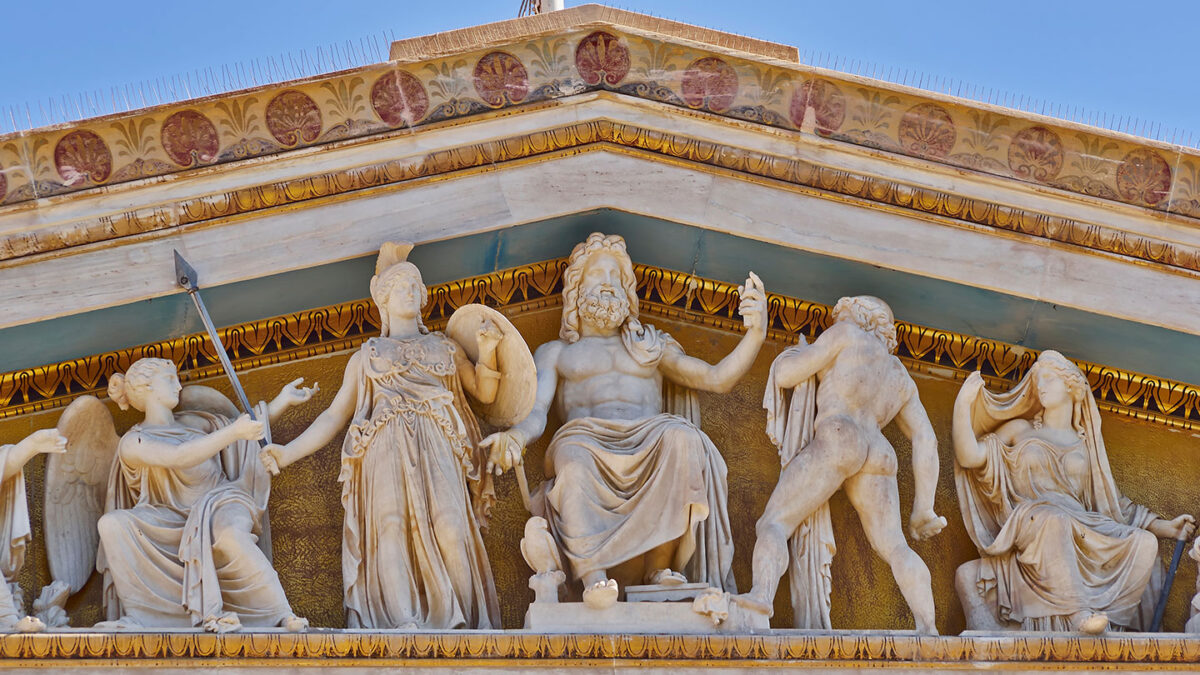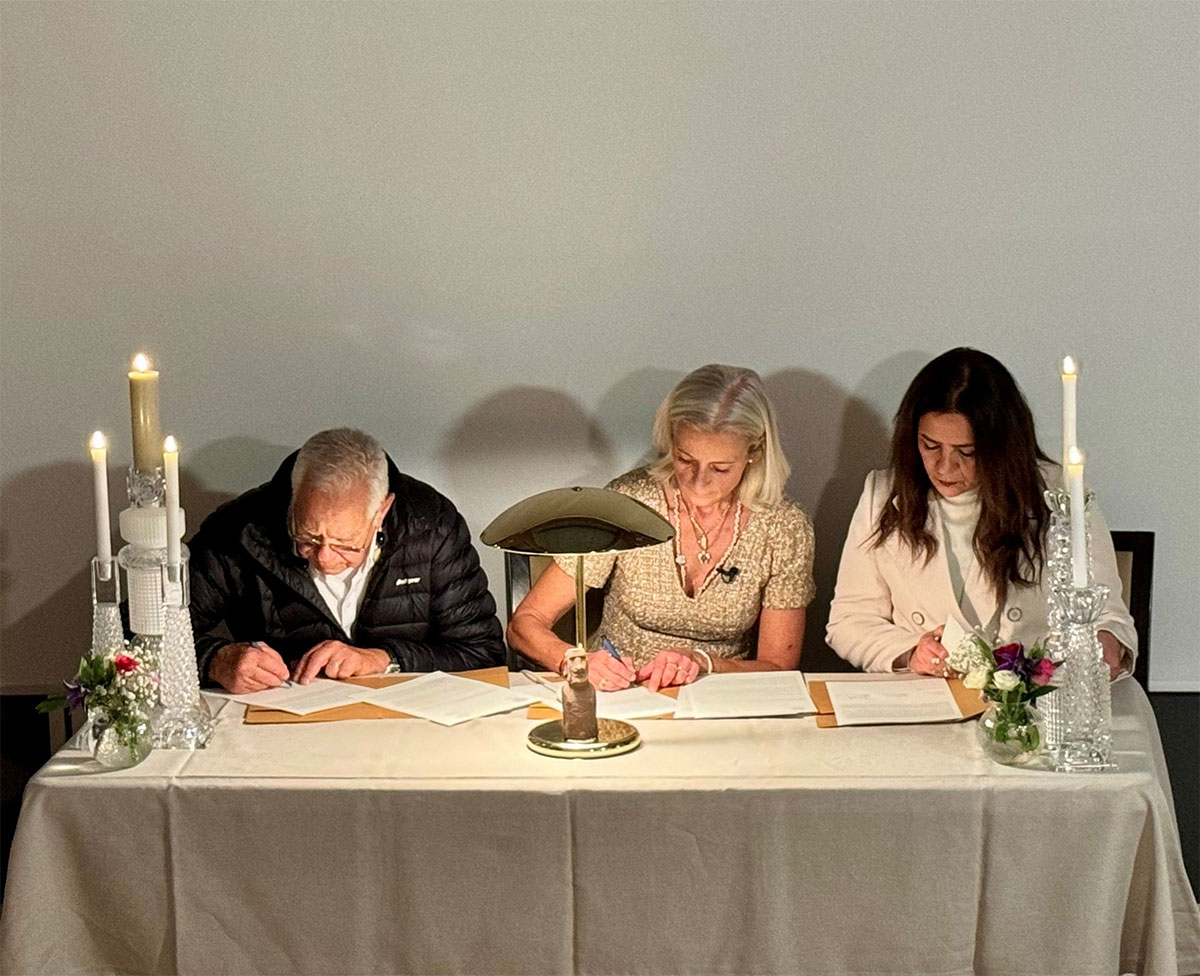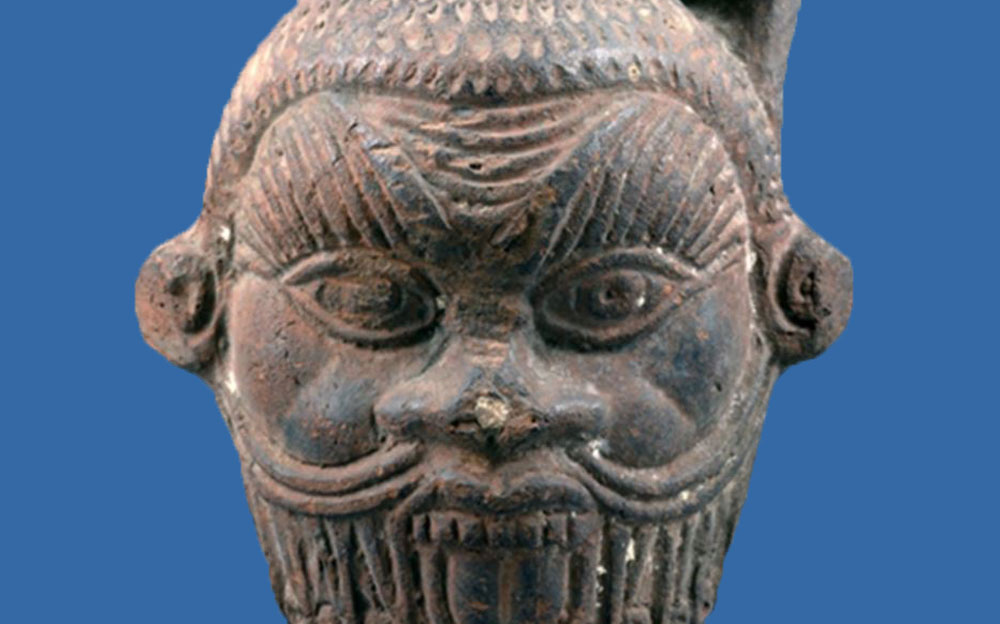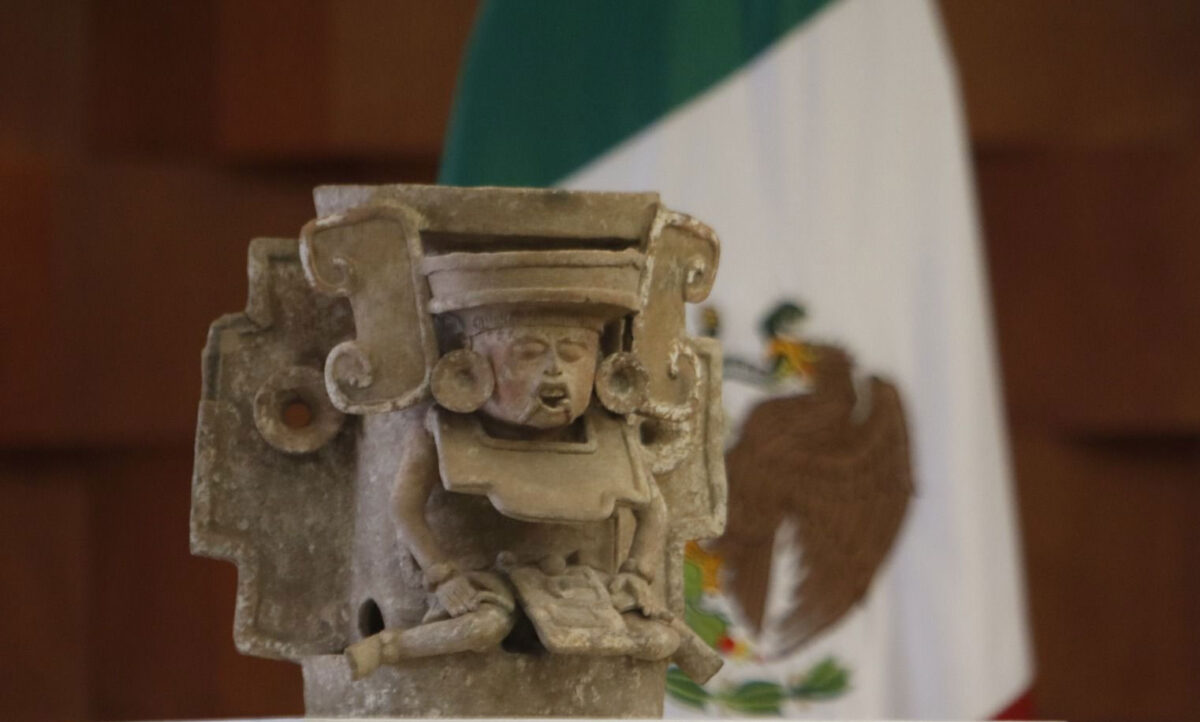2024 excavation at Palaepaphos, Kouklia-Marchello site
A remarkable find from this year’s excavation season was a small, fragmentary inscription in the Cypriot syllabary, found in secondary use.
First complex structure for tar extraction was made by Neanderthals
The discovery shows the extraction method Neanderthals developed and demonstrates the high level of their organization and cognition.
Geronisos Island and Agios Georgios tis Pegeias excavations
The NYU team excavated two trenches at Maniki Harbor unearthing vast deposits late Roman amphorae dumped at the water’s edge.
The Chilling Sound of the Aztec Death Whistle
A study conducted at the University of Zurich shows that these whistles have a disturbing effect on the human brain.
Shut your Eyes and See
The Basil & Elise Goulandris Foundation in Athens unravels the different aspects of the work of international artist Nakis Panayotidis.
Professor Lord Colin Renfrew (25th July 1937-24th Nov 2024)
Professor Cyprian Broodbank remembers Professor Lord Colin Renfrew, who passed away at the weekend aged 87.
Tenth-century Viking sword fragment discovered in Frisian soil
The Fries Museum and the Fryske Akademy present a fragment of a 10th c. Viking sword that was discovered near the Frisian town of Witmarsum.
Focaccia: a culinary tradition dating back 9,000 years ago
During the Late Neolithic, agricultural communities in the Fertile Crescent region of the Near East, developed a complex culinary tradition.
Prehistoric hunter-gatherers heard the elks painted on rocks talking
The same vertical rock surfaces that have the painted elks, humans and boats, are also effective sound reflectors.
Pyla-Koutsopetria Archaeological Project season completed
Excavations at the site have revealed the presence of an early-Hellenistic fortified site located on a steep plateau overlooking Larnaka Bay.
Evidence of oldest known alphabetic writing unearthed
Archaeological findings suggest alphabetic writing may be some 500 years older than other discoveries.
Visual Experience in a Pompeian Domestic Space
The article by authors Danilo Marco Campanaro and Giacomo Landeschi provides a holistic account of Roman architecture.
Austrian researchers discover early Christian basilica in Aquileia
The church building reveals the connections between the Roman metropolis of Aquileia and the architecture of the Eastern Roman Empire.
The roots of avian intelligence
A ‘one of a kind’ fossil discovery could transform our understanding of how the unique brains and intelligence of modern birds evolved.
“Planet Africa” opening at the National Library of Morocco
This exhibition offers insights into two million years of human history, enriched by more than two centuries of research tradition.
Study extends route of one of UK’s longest Roman aqueducts
The Dorchester aqueduct –one of the longest and most studied Roman watercourses in the country– was 2 km longer than previously thought.
Rare Roman gladiator knife handle found at Hadrian’s Wall
A rare Roman knife handle in the shape of a gladiator has been recovered from the Tyne River at Corbridge Roman Town.
Researchers probe ancient wood for clues about massive solar storms
Analyzing tree-rings for carbon-14 a research team from the University of Arizona discovered a spike dating to the year 664 B.C.
Ancient cheese makers used tree leaves to boost milk production
A comprehensive study highlights the resourcefulness of early European farmers in nurturing and sustaining their herds.
Hidden verses revealed on the Blue Qur’an manuscript
Researchers have unveiled text on one of the world’s most recognisable Qur’an manuscripts and most important examples of Islamic calligraphy.
Did the ancient Greeks believe in their myths?
Jan Bremmer, Professor Emeritus of Religious Studies at the University of Groningen, on atheism, doubt and belief in antiquity.
Repatriation from the Kon-Tiki Museum to Rapa Nui
With the support of the Rapanui community and Chilean officials, a project of returning objects from The Kon-Tiki Museum to Rapa Nui was developed.
Egyptian Bes-mugs were used for psychotropic drinks
Multianalytical investigation reveals the first-ever physical evidence of hallucinogens in an Egyptian mug.
220 archaeological artifacts returned to Mexico
220 archaeological artifacts are returned to Mexico, marking UNESCO's International Day against Illicit Trafficking in Cultural Property.
